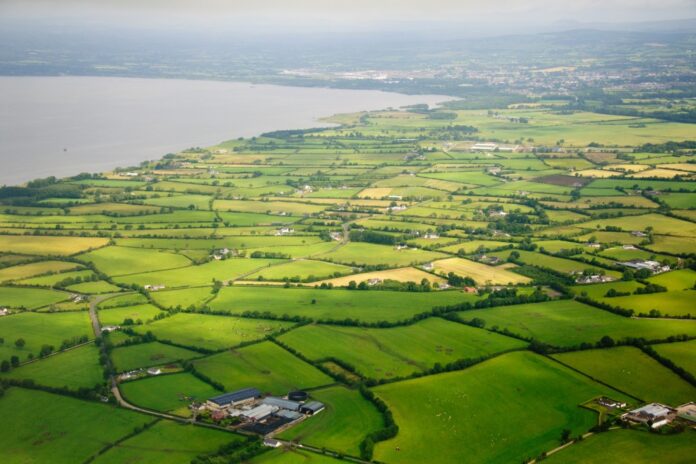The agreement is part of the Shared Rural Network project and scheduled to begin this year and go through to 2024.
The three operators are to build and share 222 mobile masts to boost 4G rural coverage. All four nations of the UK are about to benefit from new investment to eliminate partial not spots – that is, areas where coverage is not provided by at least one, but not all four, of the UK’s mobile operators.
This trio’s programme will deliver the first stage of the £1bn Shared Rural Network (SRN), which was agreed last March with the government and regulator Ofcom by EE, Telefonica UK/O2, Three UK and Vodafone UK after a good deal of wrangling.
The scheme is to enable reciprocal sharing of masts in some areas and the demand-led building and sharing of new masts in others between the four operators. Although the agreement applies to 4G, in the fullness of time it will also help with 5G.
However, since the scheme was signed off ten months ago, there has been no discernible progress until now.
Start in 2021
There will be 124 new sites built in Scotland, 33 in Wales, 11 in Northern Ireland (pictured), and 54 in England, with each operator leading on 74 of the new sites.
The construction of the new masts will commence in 2021 and is scheduled to be completed by 2024 in line with the agreement reached with the UK Government and Ofcom.
The three mobile operators will now engage with local stakeholders and other interested parties to ensure a timely and efficient roll out, to give customers in very remote areas more choice and better value from their contracts where they live, work or travel.
The exact number and location of masts will be subject to finding suitable sites, obtaining power supply and backhaul and securing the necessary permissions through the planning system.
The new investment as part of the programme, will extend the proportion of UK landmass where all mobile networks provide 4G services from 67% to 84%, and all but eliminate partial not spots.
Not spots too
In addition to this privately funded SRN investment, the Government will also spend over £500 million to help eliminate areas where there is no 4G coverage from any operator.
This will result in every mobile operator reaching 90% of UK landmass, with a combined coverage of 95%.
In Northern Ireland the SRN will see 4G coverage rise to at least 85% of landmass from 75%; in Scotland it will rise to at least 74% from 42%; in England it will rise from 81% to 90%; and in Wales it will rise to at least 80% from 58%.
The news comes as the government launches a consultation on whether reforms to the Electronic Communications Code are needed to ensure that the deployment, upgrading and sharing of digital infrastructure such as phone masts can happen as quickly and efficiently as possible.




